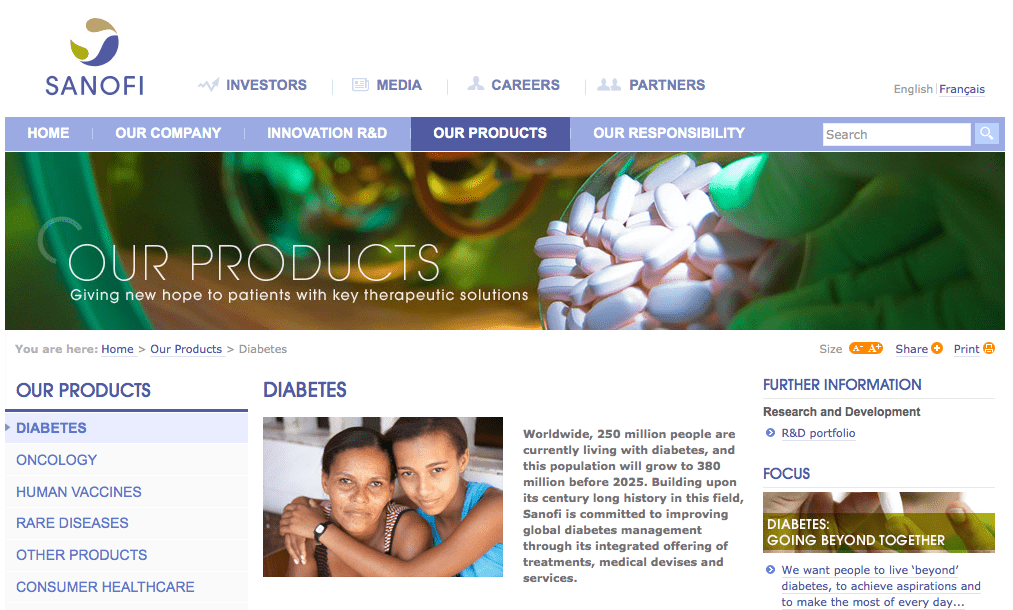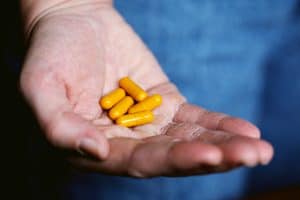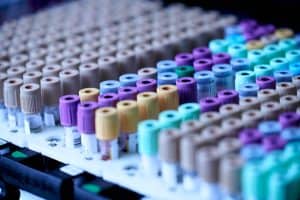
Positive data for Sanofi’s diabetes drug
pharmafile | June 13, 2012 | News story | Research and Development, Sales and Marketing | Lyxumia, Novo Nordisk, Sanofi, Victoza, diabetes
Sanofi’s new diabetes treatment Lyxumia has significantly reduced glycated hemoglobin (HbA1c) in two late-stage trials, the manufacturer says.
Paris-based Sanofi is already the second biggest player in the global diabetes market – its franchise earning $7.36 billion last year – behind Novo Nordisk ($8.91 billion in 2011).
Once-daily investigational GLP-1 agonist Lyxumia (lixisenatide) was filed in Europe last November and is expected to be put before US regulators in the autumn.
The drug was used in combination with basal insulin plus oral anti-diabetics in type II diabetes patients who were either new to insulin therapy (as early as 12 weeks after initiation) or already treated with insulin (for an average of 3.1 years).
The GetGoal studies achieved the primary endpoint of HbA1c improvement plus a significant reduction in post-prandial glucose (PPG).
In GetGoal Duo 1 patients in the Lyxumia group saw HbA1c decrease to a mean value of 6.96% after 24 weeks compared to 7.3% in those receiving placebo.
Also, a significantly higher percentage (56.3% versus 38.5%) of patients achieved target HbA1c with Lyxumia compared to placebo.
Those taking the drug also experienced improved 2-hour PPG, after a standardised breakfast, with a mean difference of -3.16 mmol/L (p<0.0001) compared to placebo.
In GetGoal-L, mean HbA1c was significantly reduced from baseline compared to placebo (-0.74% vs. -0.38%) along with a significant decrease in mean 2-hour PPG (-5.54 mmol/L vs. -1.72 mmol/L).
Patients in the Lyxumia arm of the study also experienced a significant mean reduction in body weight compared to placebo (-1.8 kg vs. -0.52 kg).
“It is important to address the needs of all patients who are not at goal HbA1c, despite achieving, or nearly achieving, controlled fasting plasma glucose targets with basal insulin,” said Pierre Chancel, senior vice president, global diabetes at Sanofi.
“We will continue to evaluate Lyxumia, with its pronounced PPG-lowering effect, for its potential use in people with type II diabetes,” he added.
The French company’s long-acting insulin analogue Lantus (insulin glargine) is the world’s biggest selling diabetes treatment, earning around €4 billion ($5.2 billion) in 2011.
But Sanofi is locked into a fierce battle with Novo, whose Victoza is the leading GLP-1 analogue – part of a relatively new class of injectable drugs in which Lyxumia is hoping to be a major force.
There are three goals for the companies: earlier use of long-acting insulin, greater use of GLP-1 analogues, and new combinations of insulins or insulins and GLP-1s.
Current estimates suggest there are around 250 million diabetics worldwide, but increasingly sedative lifestyles and consumption of processed foods mean this is set to rise to 380 million by 2025.
Adam Hill
Related Content

Sanofi shares results from phase 2 trial for frexalimab in MS treatment
Sanofi has announced new phase 2 trial data for its CD40L monoclonal antibody, frexalimab, for …

Vertex shares results from phase 1/2 trial of type 1 diabetes treatment
Vertex Pharmaceuticals has announced new data from its phase 1/2 clinical trial of VX-880, an …

Sanofi shares phase 3 trial results for Sarclisa in multiple myeloma treatment
Sanofi has announced data from the IMROZ phase 3 trial which assessed Sarclisa (isatuximab) in …







